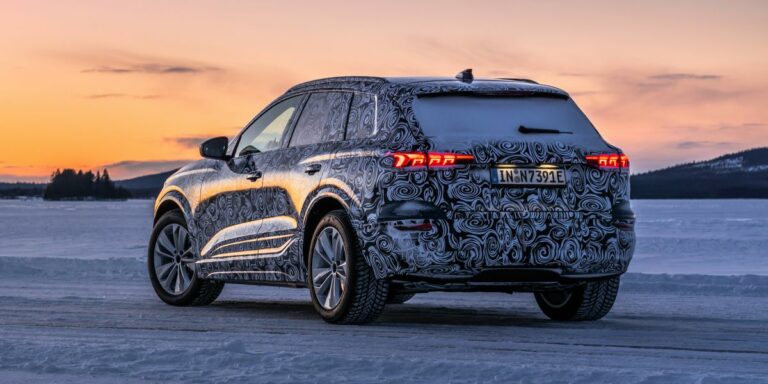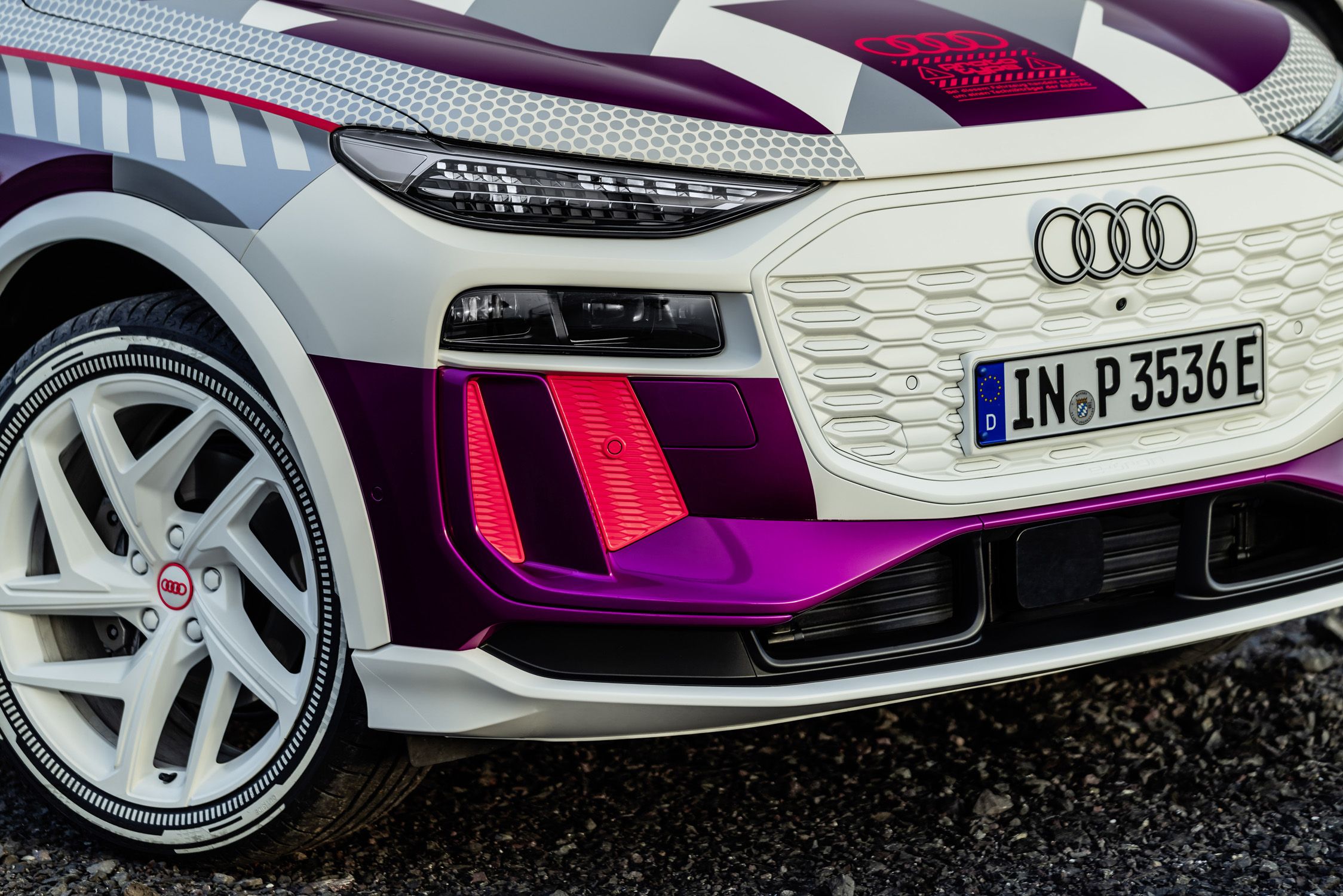Situated between Iceland and Norway in the North Atlantic, the Faroe Islands present a breathtaking landscape that feels like stepping into another world. With their mountainous terrain adorned with grasslands grazed by sheep and picturesque coastal waterfalls and thatched-roof houses, it’s easy to feel like you’re in a scene from a Lord of the Rings film. Our journey to this stunning location was prompted by Audi, who invited us to experience their latest electric vehicles, the 2025 Q6 e-tron Quattro, and its sportier counterpart, the SQ6.
These two SUVs serve as electric alternatives to the gas-powered Q5 and SQ5 models. While they share similar dimensions, the Q6s feature shorter front and rear overhangs and a longer wheelbase. Audi will also offer more coupelike Sportback variants. However, these EVs go beyond merely bridging the gap between the Q4 e-tron and the Q8 e-tron, as they are the first Audis built on the Premium Platform Electric (PPE) architecture, co-developed with Porsche. This architecture will also underpin the upcoming Macan EV, signifying an essential step in the Volkswagen Group’s electric future.
The PPE architecture is designed specifically for electric vehicles and incorporates an 800-volt system with next-generation motors. The battery, estimated to have a capacity of around 93.0 kWh, contains 12 modules packed with high-density prismatic-type lithium-ion cells. The peak charging rate is an impressive 270 kilowatts, allowing for a charging time from 10 to 80 percent in under 30 minutes and a 155-mile recharge in just 10 minutes. Audi anticipates the regular Q6 e-tron, the longest-range version, to cover approximately 372 miles on the European WLTP test cycle or about 315 miles according to the EPA methodology.
The Q6 and SQ6 e-trons introduce new electric motors that are more modular, efficient, and quieter than previous iterations. The motors feature hairpin windings and direct oil cooling for the rotor and stator, resulting in higher power density while reducing reliance on rare-earth elements. The asynchronous induction front motor, more compact and efficient than before, offers superior performance at a lower cost. The rear permanent-magnet synchronous motor, also improved, serves as the primary drive unit, with the front motor playing a more passive role until required.

During our two-day drive in the Faroe Islands, we experienced their impressive infrastructure, including over 300 miles of well-maintained roads and a network of undersea tunnels, including the world’s first underwater roundabout. The narrow roads, reminiscent of California’s Pacific Coast Highway, offered breathtaking views but required us to navigate carefully and explore the Q6s’ regenerative braking system. These SUVs now offer one-pedal driving, with two additional regenerative settings toggleable via the steering-wheel paddles. Audi’s newfound confidence in offering this feature highlights their continuous EV development.
The dual-motor all-wheel-drive Q6 e-tron we tested delivers 375 horsepower, while the SQ6 boasts 482 horsepower, temporarily increasing to 395 and 509 horsepower, respectively, in Boost mode. Although limited by the islands’ 50 mph speed limit, we still noticed the SQ6’s superior body control and more spirited acceleration compared to the regular Q6. Audi estimates the Q6 will reach 62 mph in less than six seconds, with the SQ6 achieving it in under 4.5 seconds.
While the interior design remains under wraps as the Q6 and SQ6 e-trons are in pre-production, we can attest to their incredibly quiet cabins, akin to a rolling sarcophagus. Even with some audible wind noise, road noise is nearly absent. Switching to Dynamic mode introduces synthetic sounds that intensify with stronger accelerator inputs, though drivers have the option to turn them off.
The ride quality of both Q6 models impresses with a consistently calm and controlled demeanor. Equipped with an air-spring suspension and 21-inch wheels with higher-profile sidewalls, final judgments will be reserved until we can test the production versions on more varied road surfaces back home. One area that could use improvement is the steering’s communication, particularly in the SQ6 model.
Read More –





